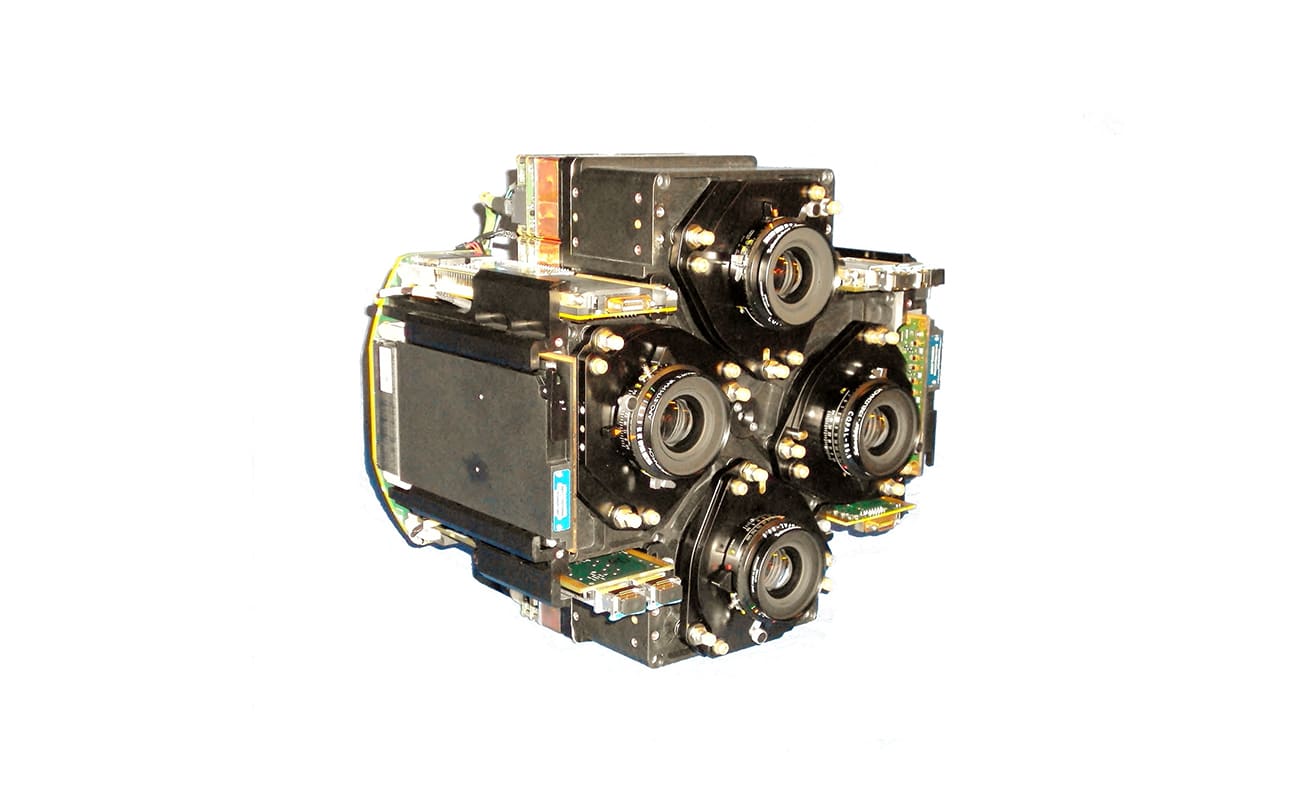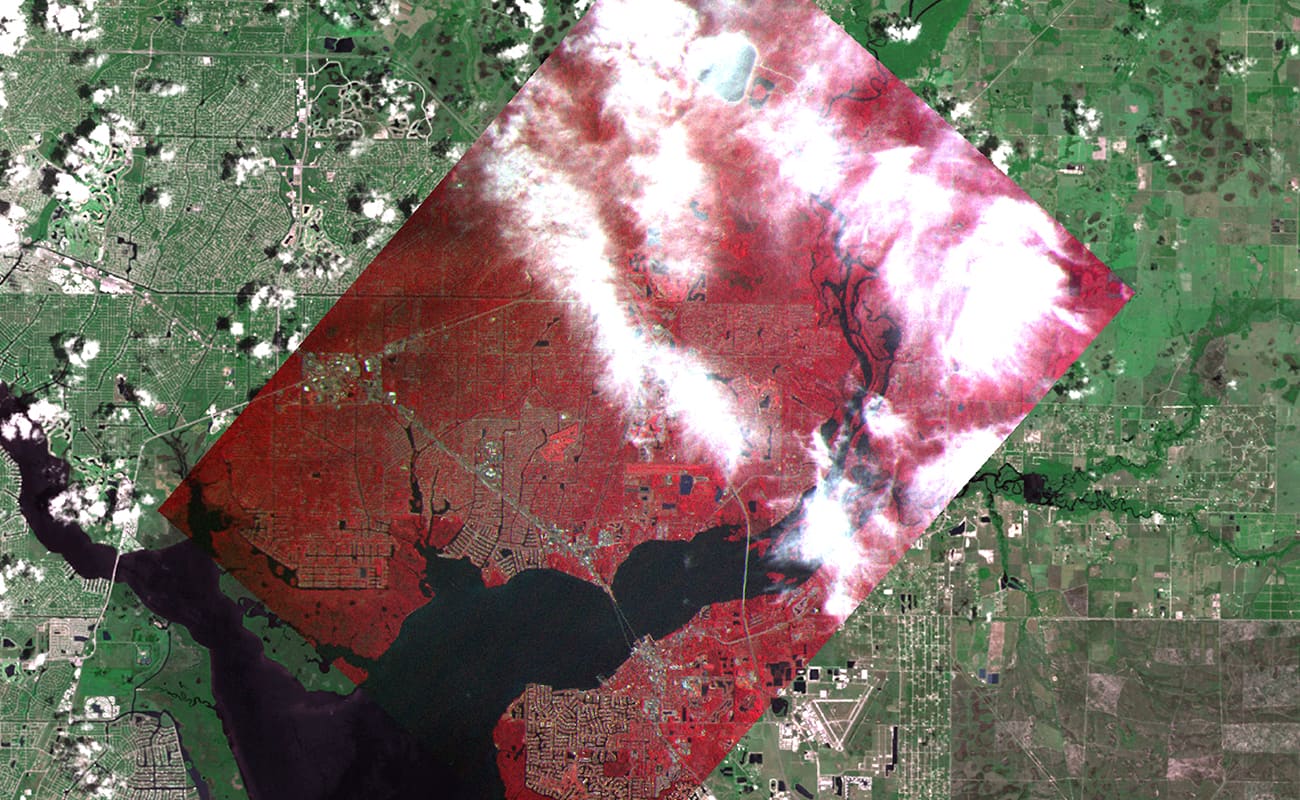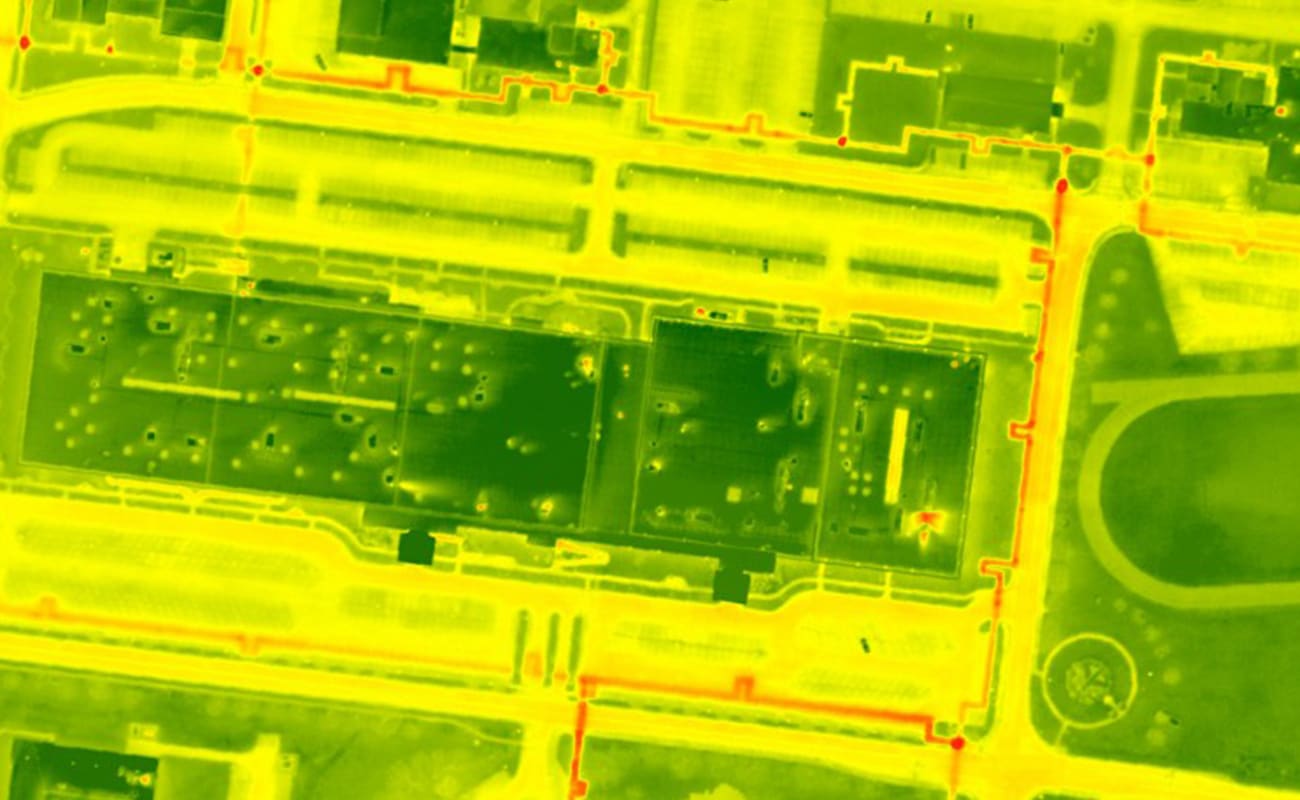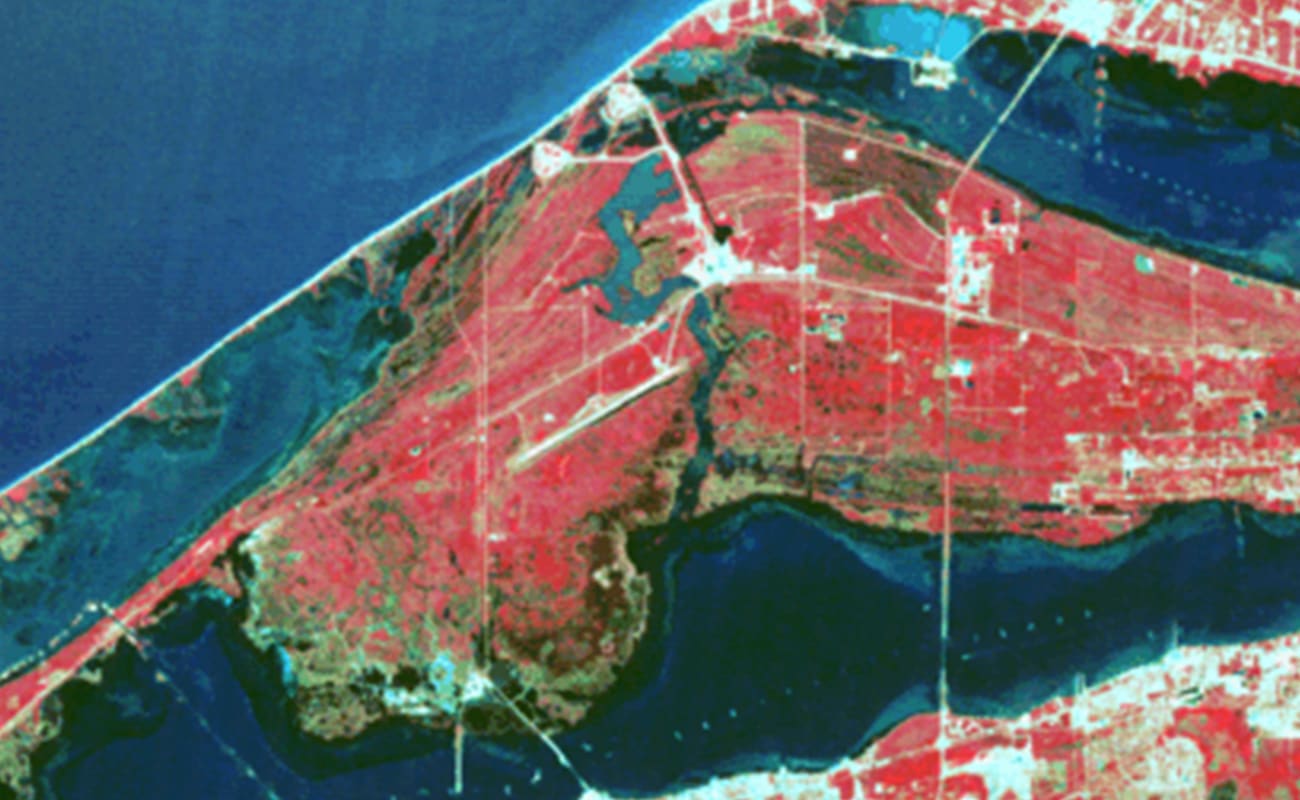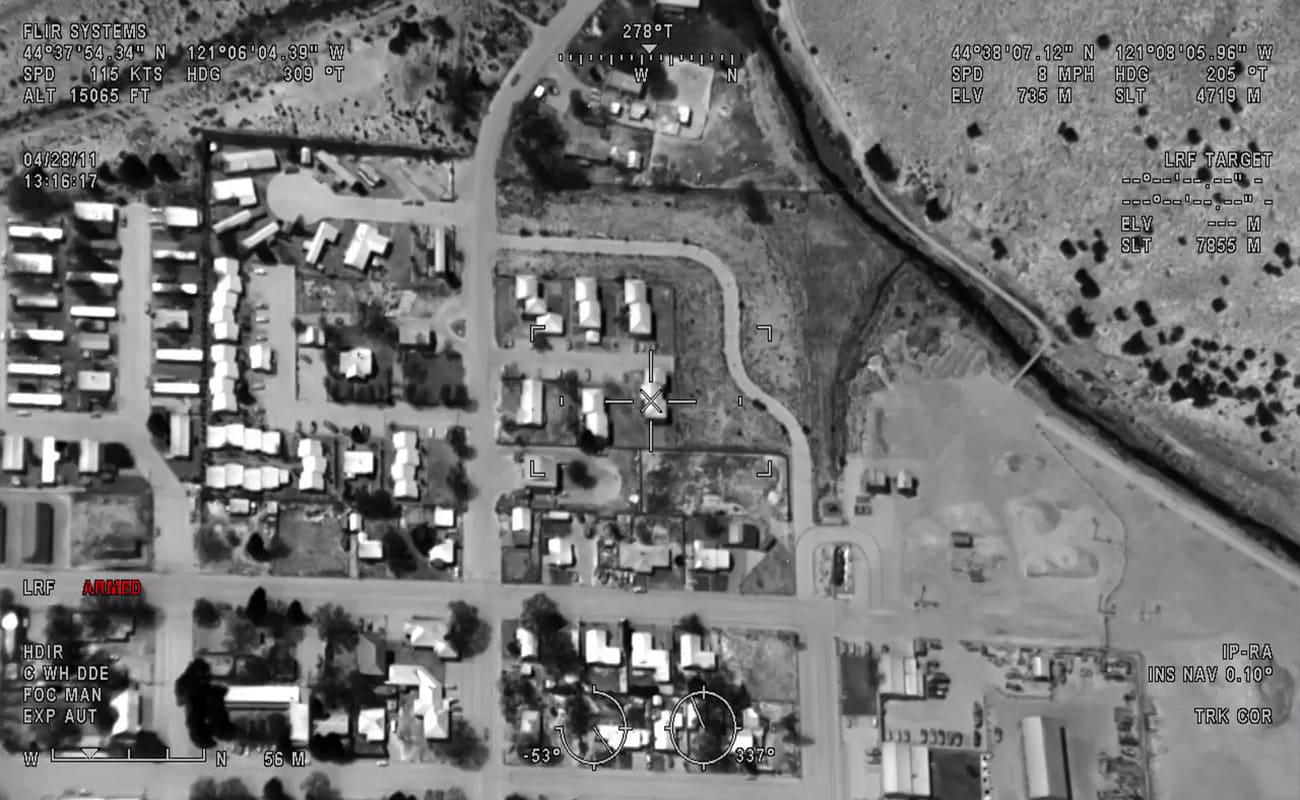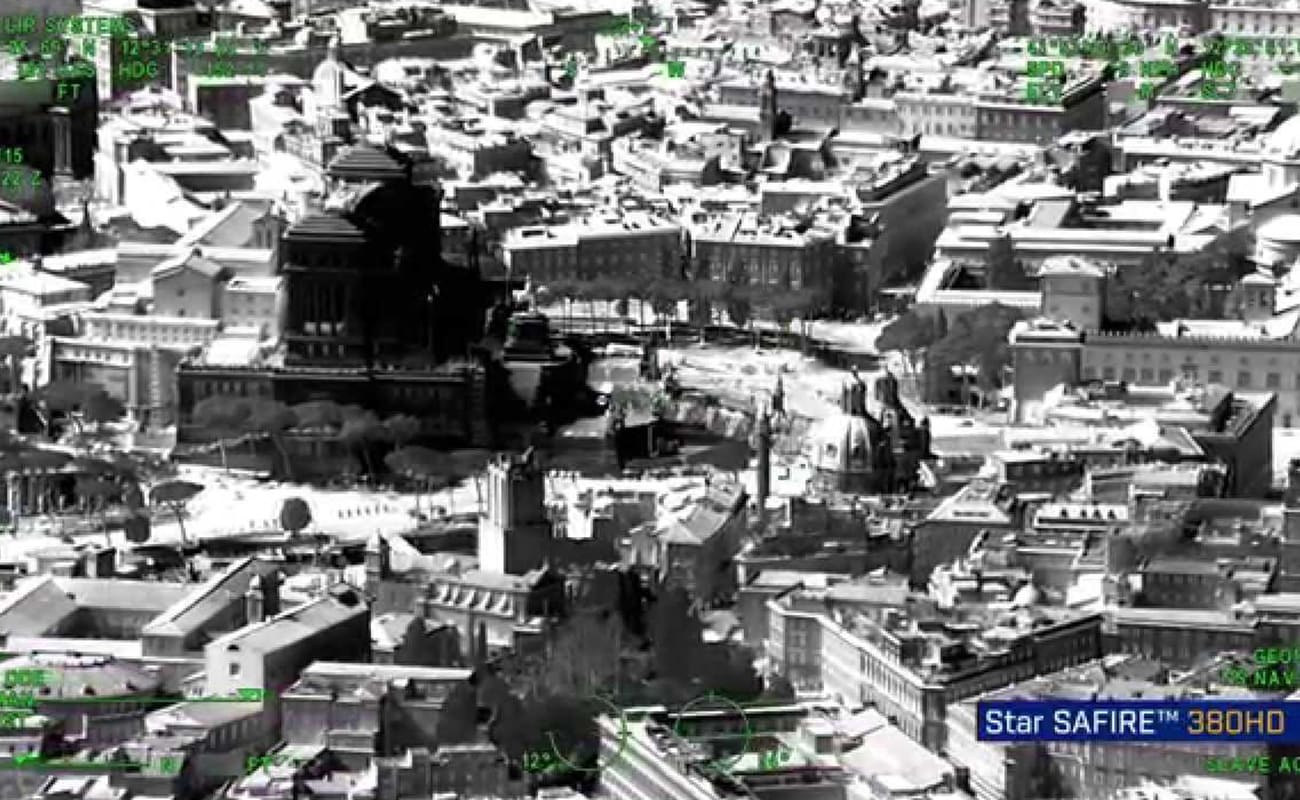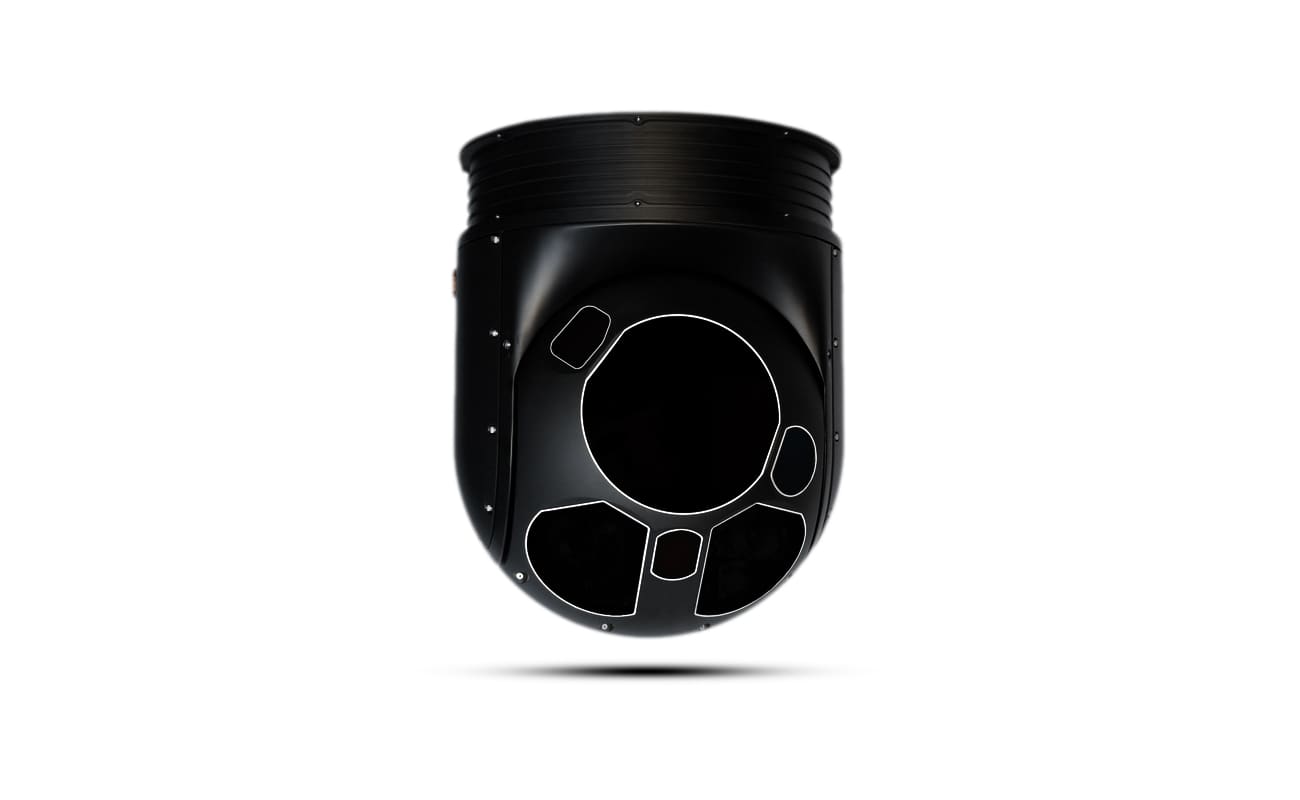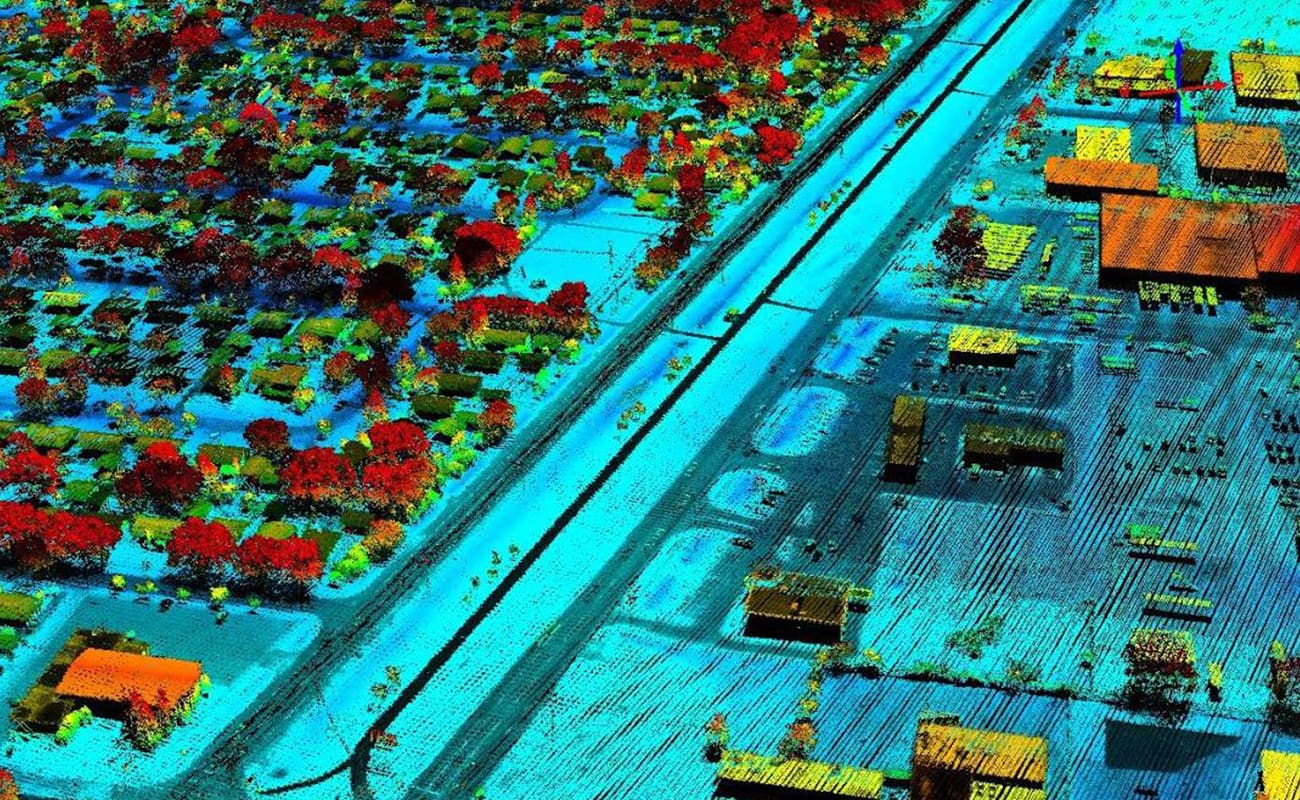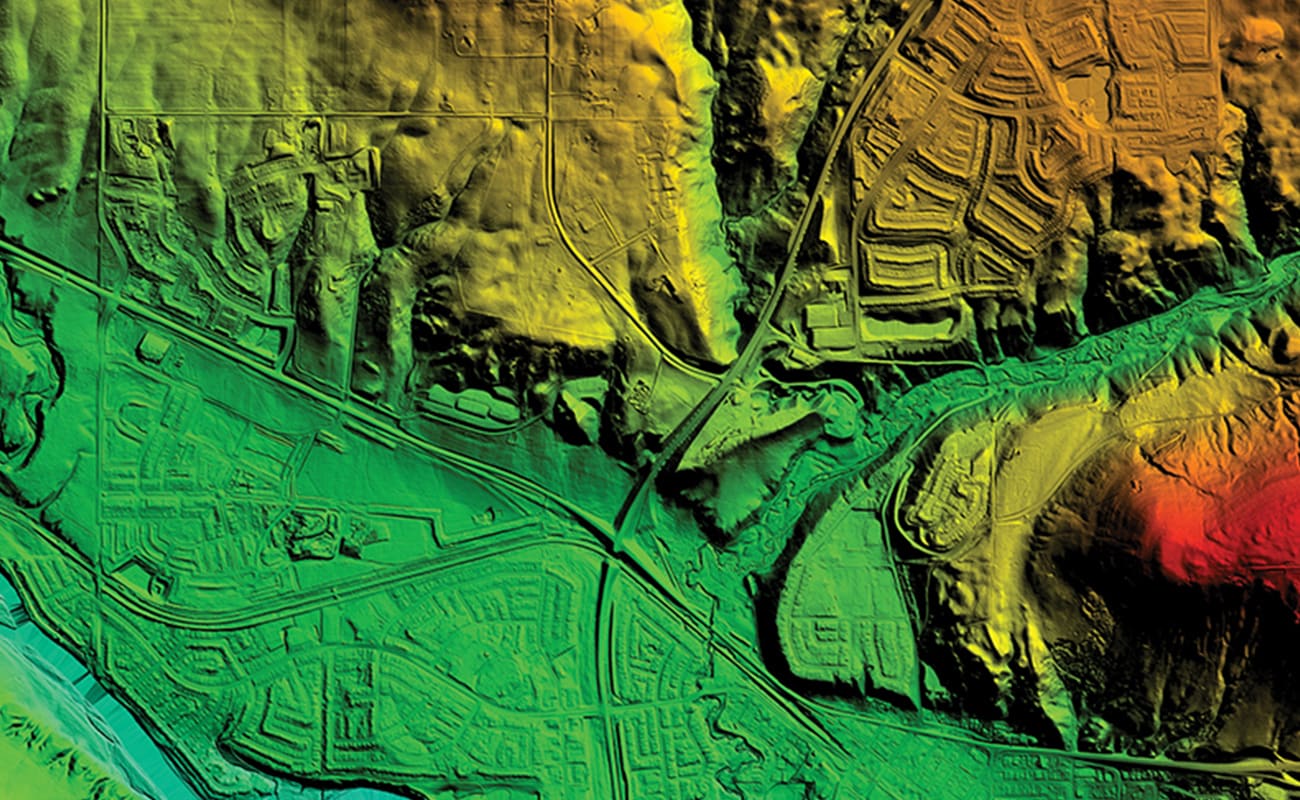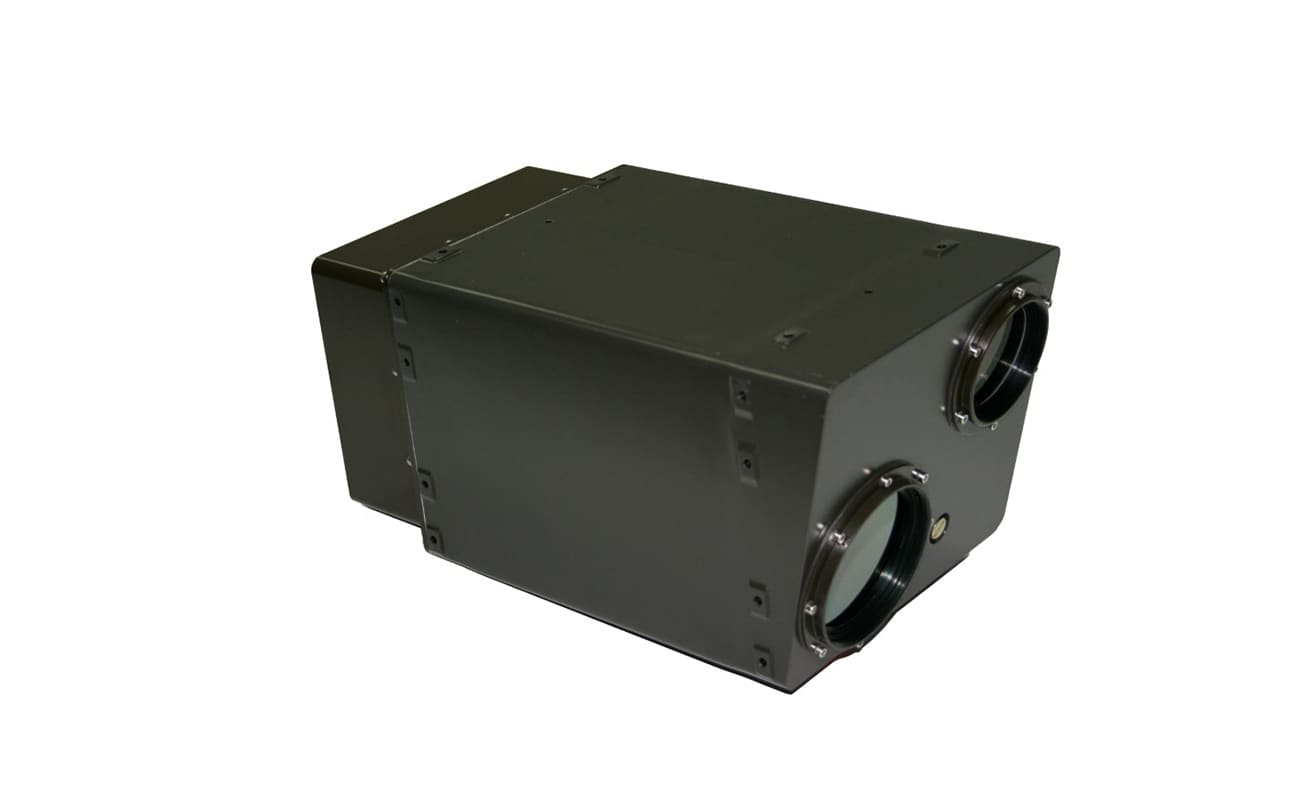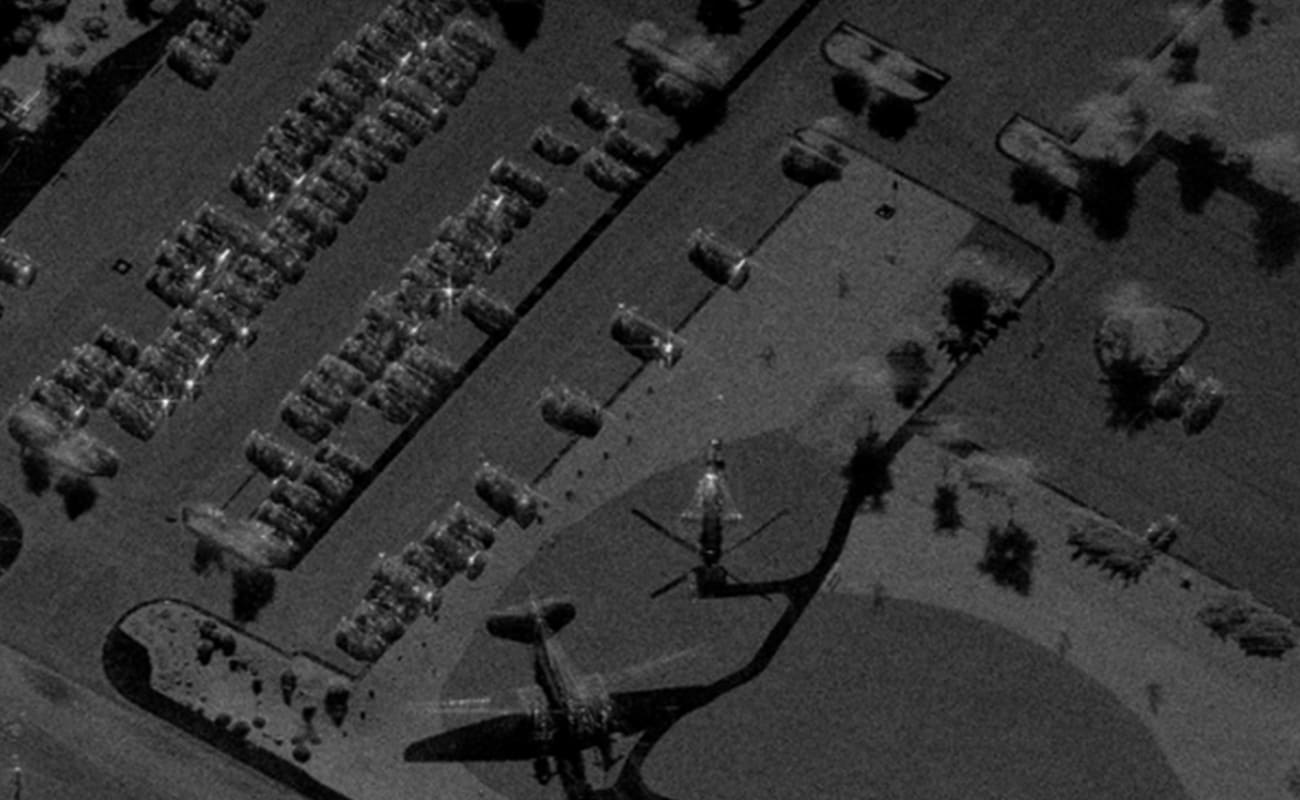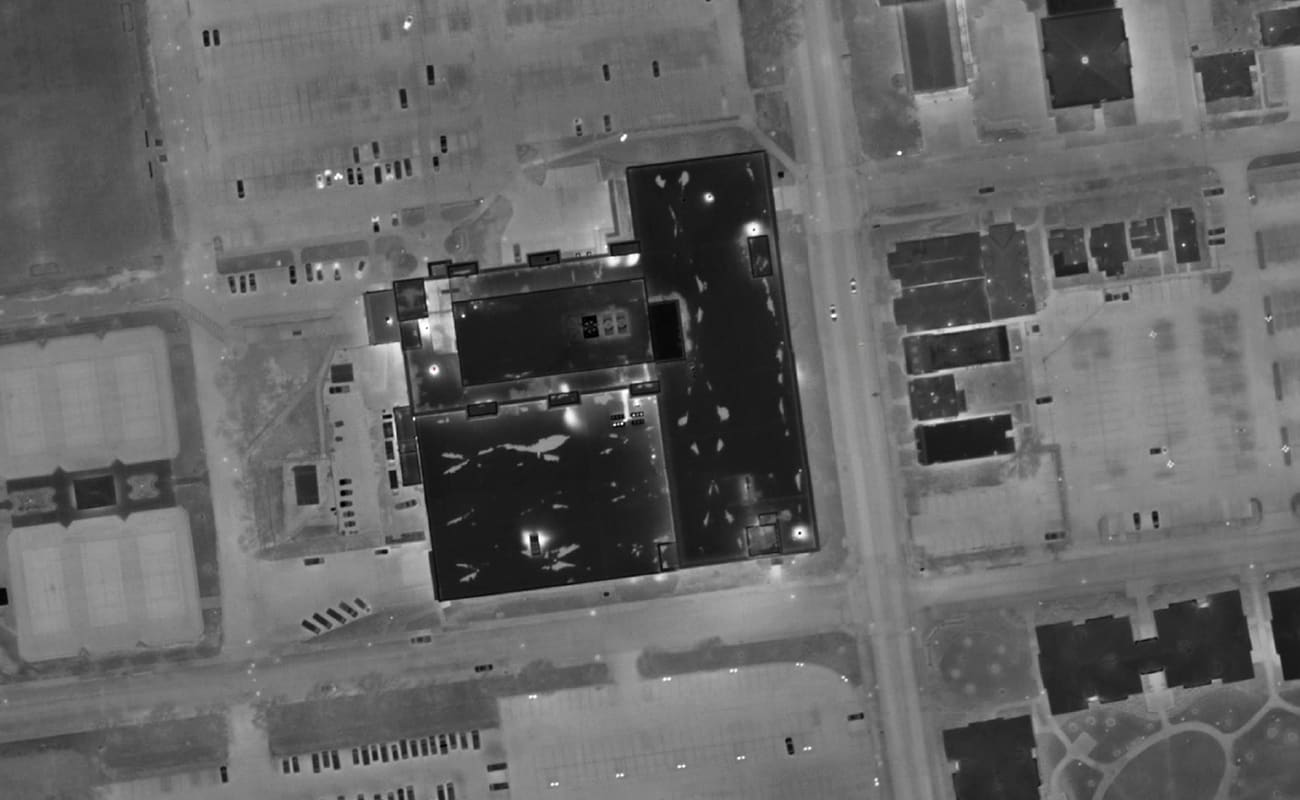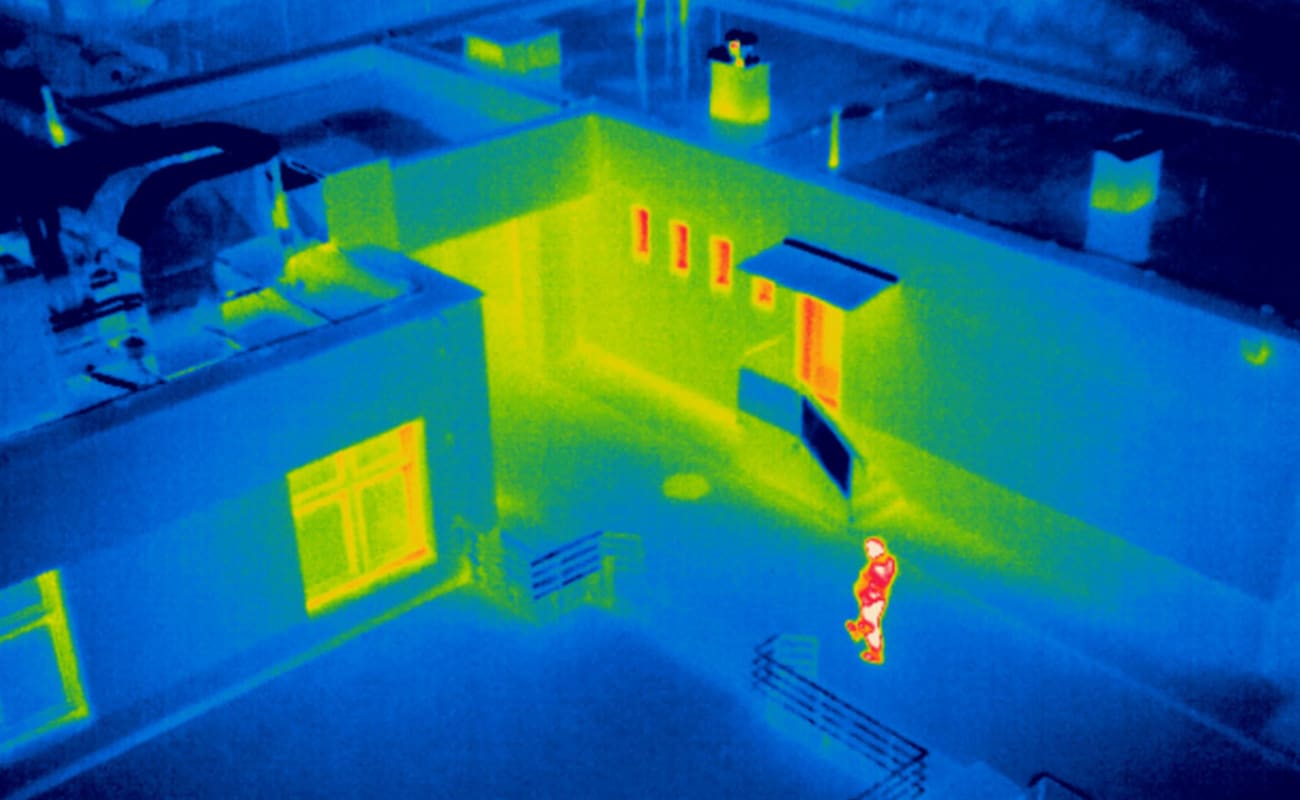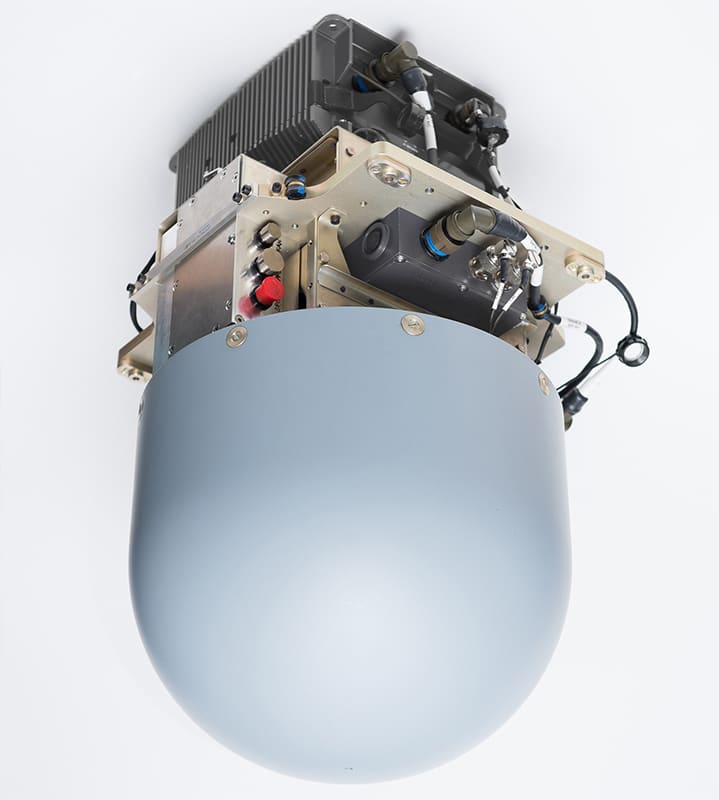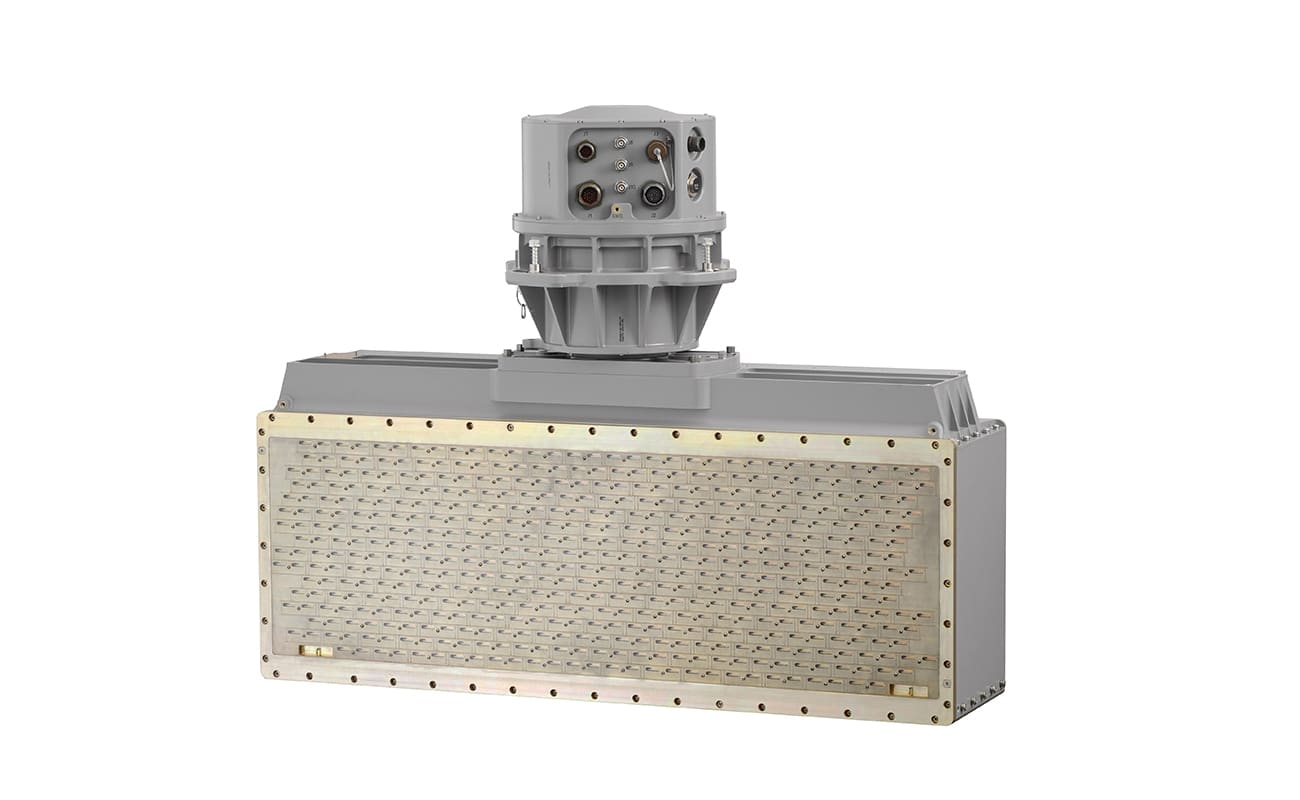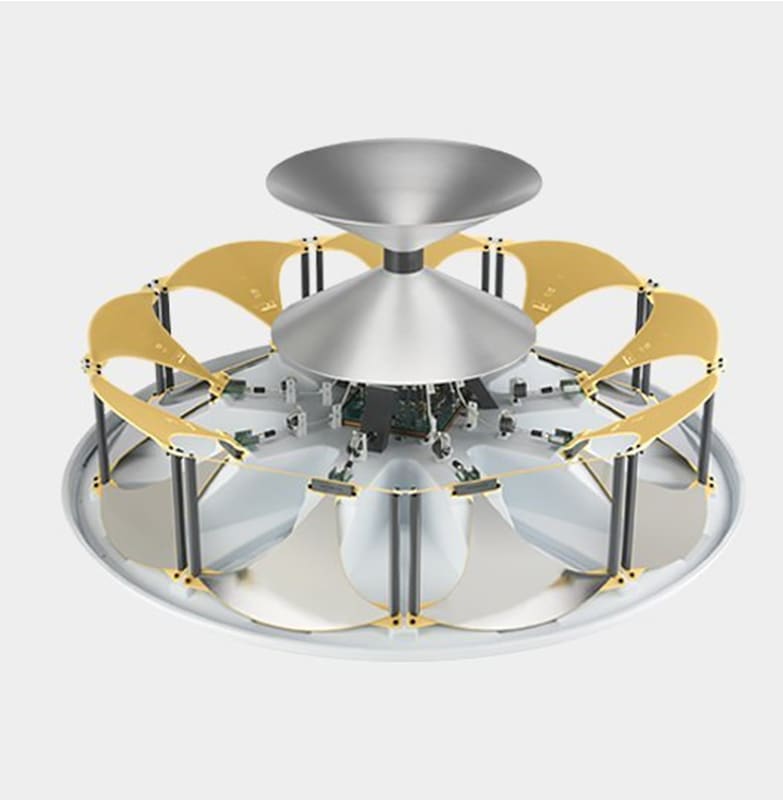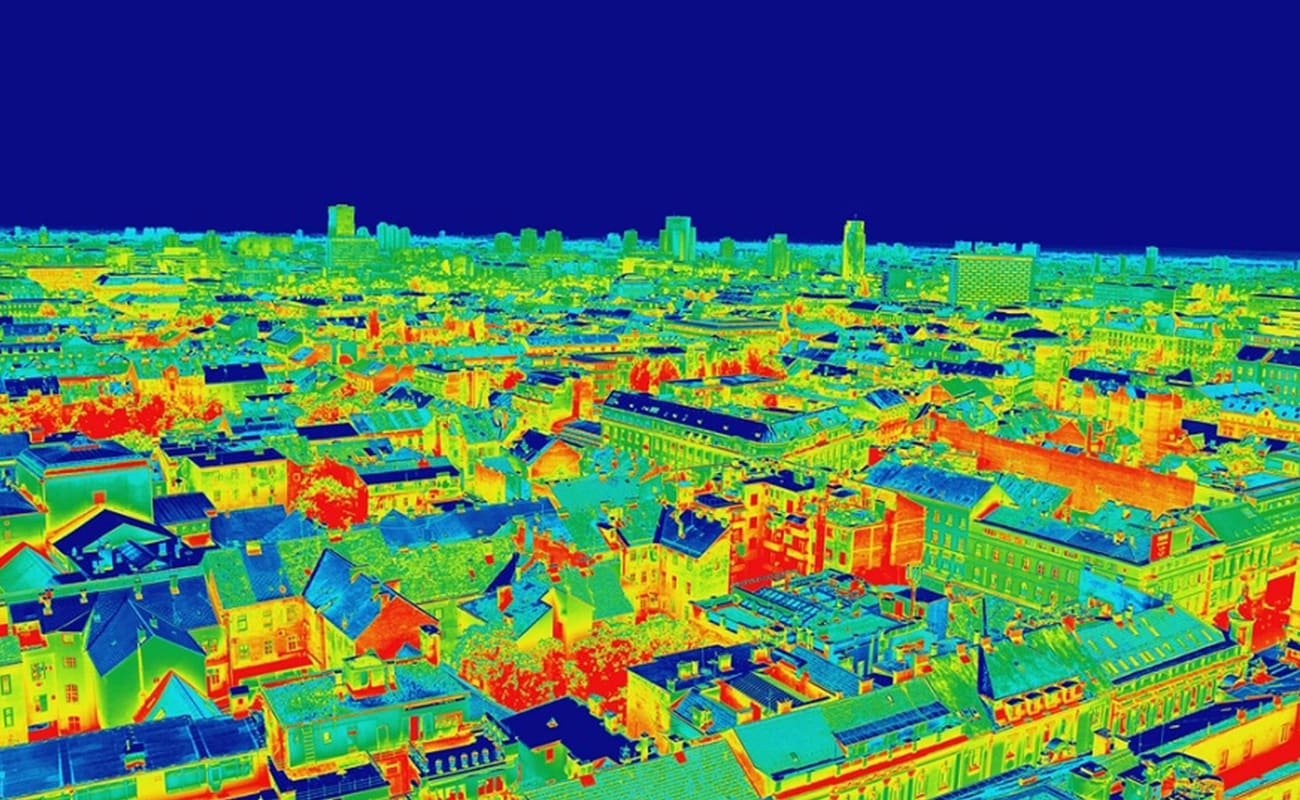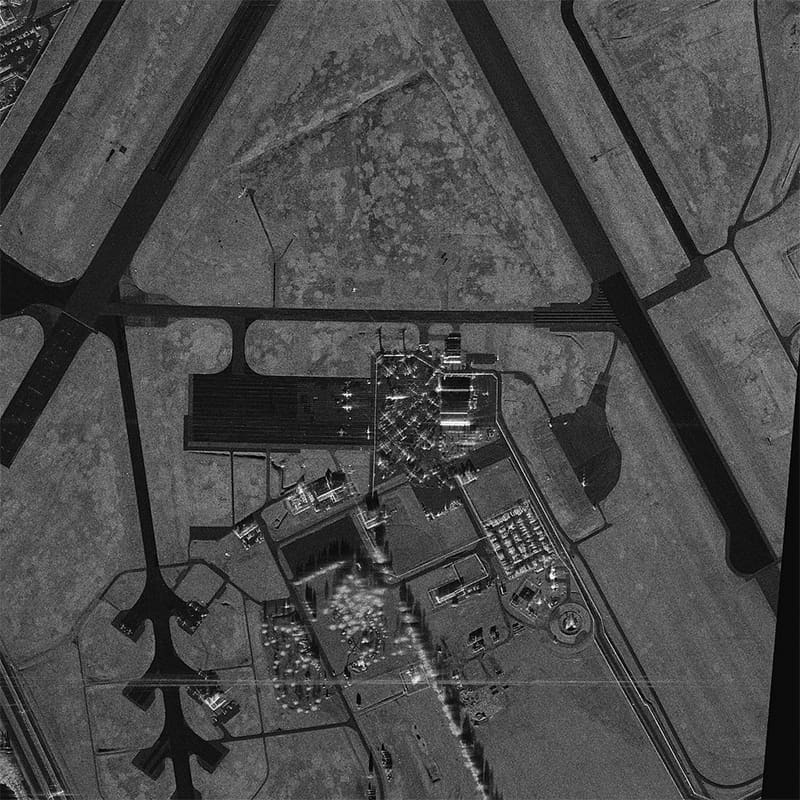Design
Airdyne pods were created, or are created, with the objective of getting sensors on to aircraft quickly and with proven aerodynamics and sensor functionality. Customers save months, and perhaps years, of typical pod development, testing and fielding time.
To further speed your schedule Airdyne has various workstation, power module, and AV rack solutions to mount LRUs, provide power and the means to operate the pod from inside the aircraft. Workstations and AV racks are an open architecture that allows the customer to choose only what they require to reduce cost and further accelerate operational deployment. One of the best parts, like SABIR, is that it can all be roll-on/off; no single dedicated aircraft is required. Pods, workstations, power modules, AV racks, and the SABIR system in general solve the problems of getting everything on the aircraft so customers can focus on selecting sensors, communications gear, and other mission technology that Airdyne can quickly integrate.
Airdyne pods are modular and scalable to accommodate a multitude of sensors on the market ranging from radars, EO/IR sensors, multi and hyperspectral, LIDAR, CBRNE, reconnaissance cameras, antennas from HF to microwave, atmospheric sampling and more.

Sensors can often be upgraded/changed in the future while keeping the existing pod. Both pod shape and skins can be modified to accommodate changing form factors and transparency.
Customers who already have pods can fly/operate them using the Airdyne SABIR system and related components.
SENSORS
From basic EO/IR turrets, optical cameras, LIDAR, multi and hyper-spectral sensors and more, Airdyne pods are the best solution. Even the most demanding communications requirements, to include datalinks and SIGINT/EW antennas ca be accommodated. Even microwave antennas with complex wave guide requirements transmitting thousands of watts have been flown safely and effectively using SABIR and Airdyne-designed pods.
Pods can be configured with single or multiple sensors, antennas, “black boxes”, cabling, and electrical power. More robust requirements are accommodated through dual pod and workstation configurations.
Airdyne pods facilitate our customers flying full C4ISR solutions and/or specialized mission equipment for a wide range of mission types in compact, modular solutions. Even Maritime Automatic Identification System (AIS), GPS and over-the-horizon satellite communications requirements are easily supported. Military datalink antennas of all types can be configured into your pod solution.
Our pods provide basic aerodynamic form factor. If you have a sensor that doesn’t quite fit any pod, then Airdyne can almost certainly adapt one of our pods to accommodate your requirements; in terms of both shape and signal transmission.
Airdyne equips our pods with various accessories such as optical windows, retractable elevators to raise and lower sensors below the pod. Specific pod skins can be used that meet the most demanding RF transparency requirements. Covers that open and close, cooling systems, and more are all available. Cabling for signal and power can be configured for legacy and new generation standards. Pods can even be painted to meet your specific aircraft colors and mission needs. And of course lettering and logos can be applied.
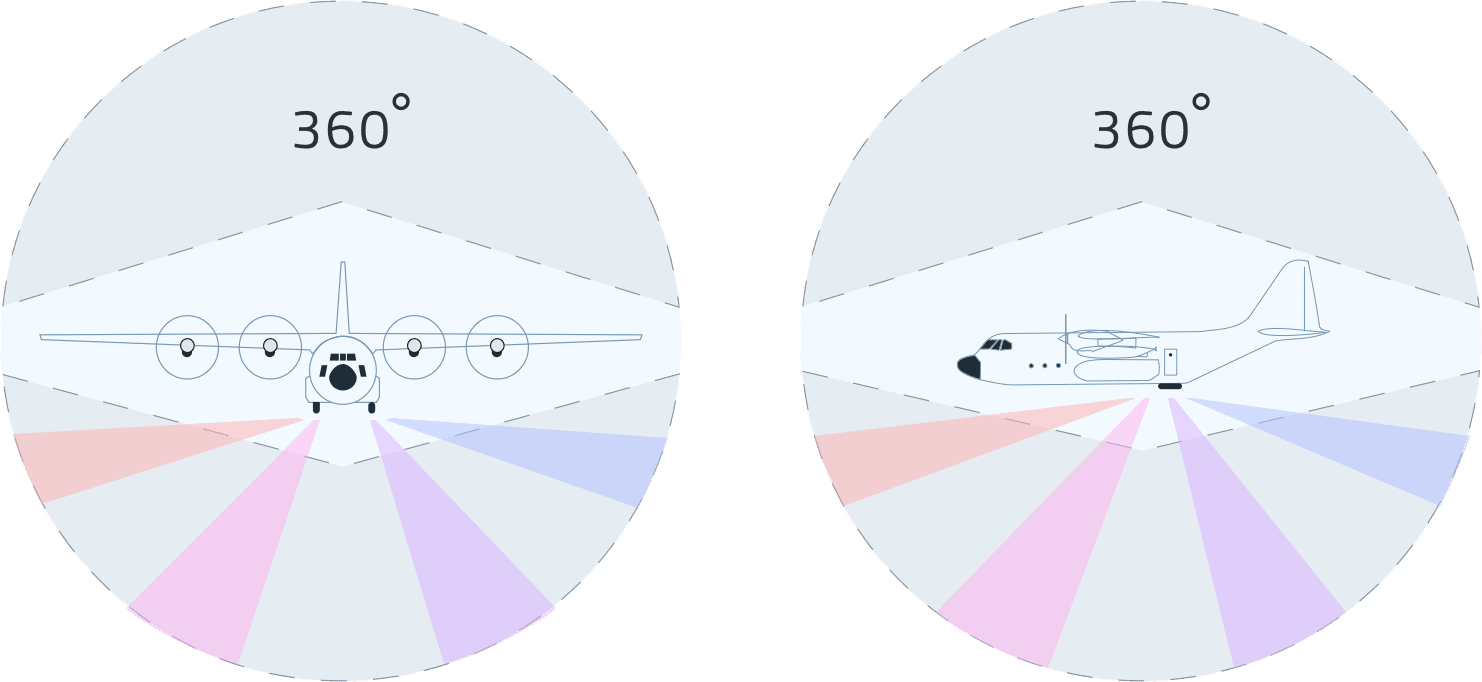 With SABIR pods, Sensors can have a full half hemispherical, 360 degree view below the aircraft.
With SABIR pods, Sensors can have a full half hemispherical, 360 degree view below the aircraft.
Airdyne pods provide excellent full hemispherical 360 degree or directional radiation patterns. Frequencies from kilohertz up to gigahertz bands are fully accommodated.
Airdyne pod designs accommodate hundreds of sensors.
Explore some technology below.
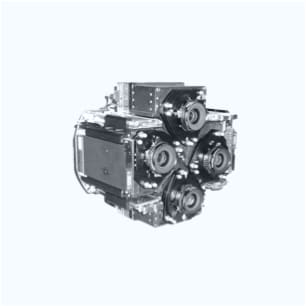
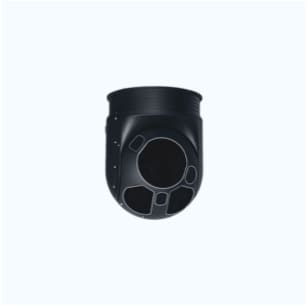
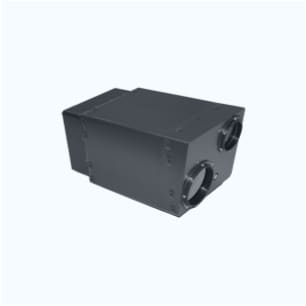

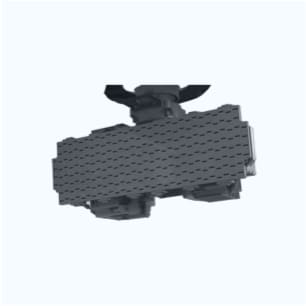
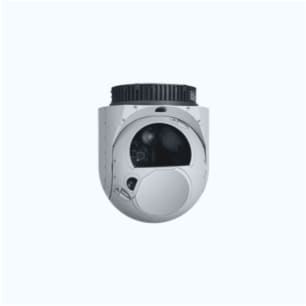
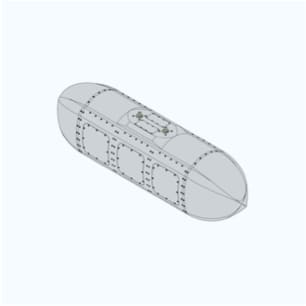
What is in the box?
Airdyne pods are delivered in an Environmental Storage and Loading Container (ESLC). No specialized ground handling equipment or loaders are required to hang pods. The ESLC serves as the loading system and is configured with wheels or low friction skids.
The ESLC internal and external structure supports and protects the enclosed pod while being stored inside, outside, and throughout many modal forms of transport.
